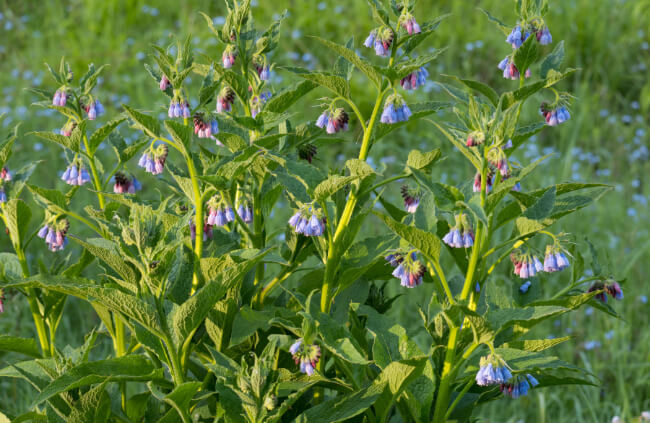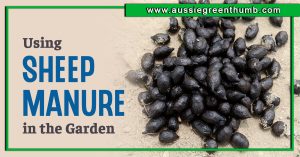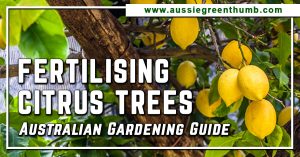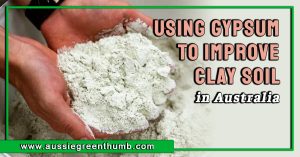By definition potash is any compound that contains potassium. It can be sourced from plants such as comfrey, from ash from your fireplace or in chemical forms such as Nitrate of potash (potassium nitrate) or Sulphate of potash (potassium sulphate).
Potash is an amazing element to be used in the garden as potassium is the key to helping plants produce fruit. While nitrogen (N) increases foliage and plant growth and phosphorus(P) helps root structure, potassium (K) is the chemical lacking if your plants don’t flower or fruit.
More...
How to Make Potash?
One of the easiest ways of getting potash is from your fireplace. Wood ash is a great source of potassium and can be sprinkled liberally around your plants. Citrus and lemon trees are great lovers of potash and sprinkling wood ash to their drip line will encourage new fruit to set and help the plants hold more fruit.
If you leave the wood ash out in the weather before applying it to your plants it will gradually become useless. The potash will seep out of the ashes, and it will lose its effectiveness. Therefore, it’s actually better to allow your fire to burn out by itself than dowsing it with water as the wood ash will retain all its potassium.

Comfrey as Source of Potash
Many organic gardeners grow comfrey for their source of potash. The comfrey can be used as a mulch around the base of plants or even inserted into a planting hole. Mixing the leaves after soaking them can produce a great liquid fertiliser as well.
But for those gardeners who lack the space to grow crops of comfrey or who don’t have a fireplace, the next best source is available from your nursery or hardware store. Sure, the puritan organic gardeners won’t approve of using chemicals but regardless of whether it’s come from a plant or out of a box – it’s the same thing.
Published on June 4, 2023 by Gary Clarke
Last Updated on October 29, 2023




